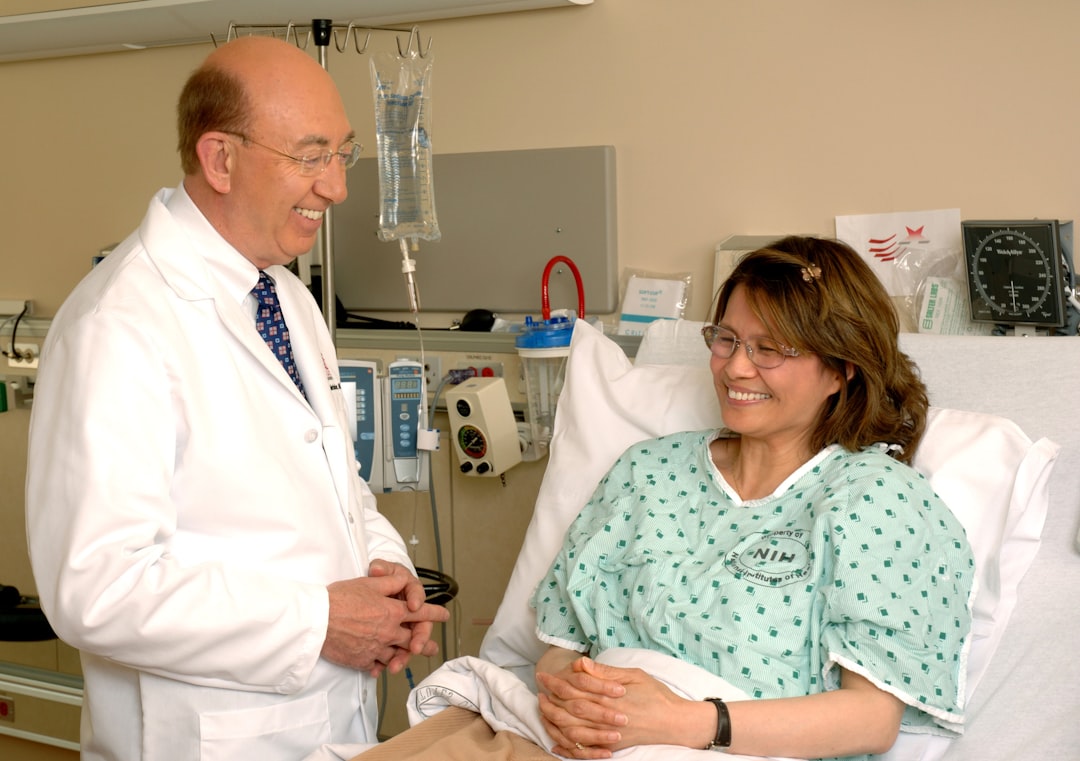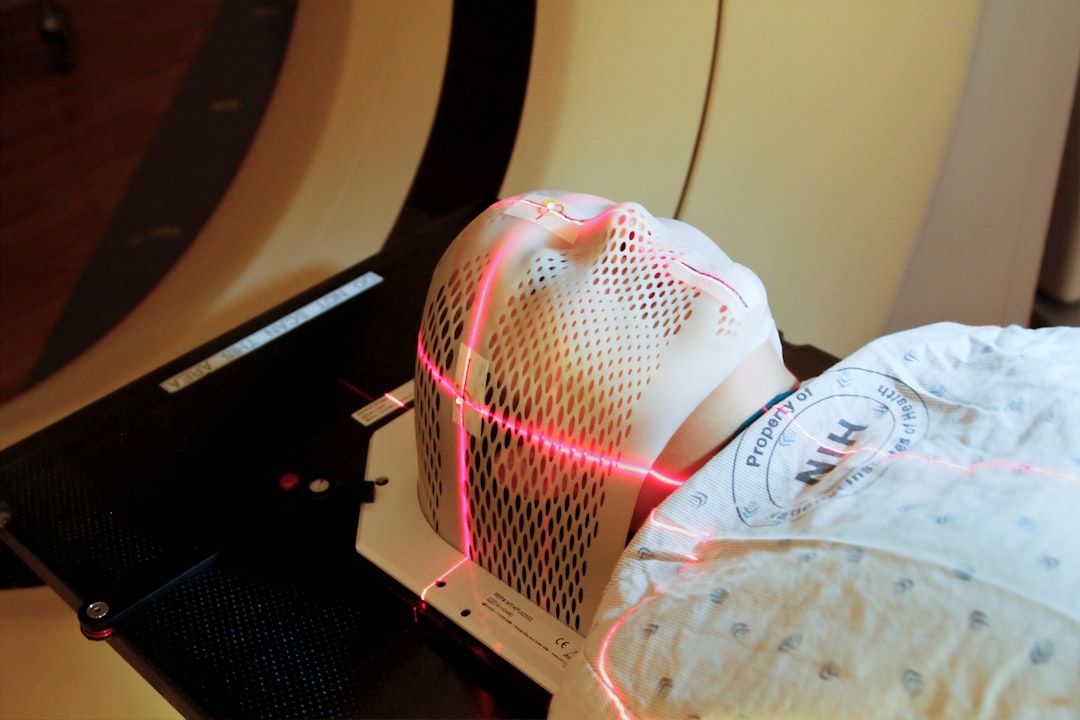What is it about?
Testosterone (T) deficiency is prevalent particularly in elderly men and lead to physical and sexual morbidities. Although low levels of T are associated with low urinary tract symptoms, the correlation between T deficiency and bladder dysfunction is not clearly identified. The aim of this study was to investigate the effect of high dose testosterone replacement therapy (TRT) on the histological structure of the UB in castrated rats. Twenty-five adult male rats were divided into three groups: control, castrated and castrated + TRT. T was administrated in high dose (100 mg/kg) two intramuscular injections/week for 60 days. UB sections were prepared and stained with H&E, Masson’s trichrome and immunohistochemical detection of Cytokeratin 20 (Ck20). All data were morphometrically and statistically analyzed.
Featured Image
Why is it important?
In castrated group, significant atrophy of the urothelium (P < 0.001) accompanied with widening of the corium were observed. The smooth muscle appeared thin with marked increase in the collagen fibers. On treating the castrated group with TRT, atypical Ck20 expression as well as significant increase in urothelial thickness (P < 0.05) and smooth muscle/collagen ratio (P < 0.001) were detected. In castrated rat model, high dose TRT has a positive effect on the UB smooth muscle rather than the urothelium which acquired atypical patterns.
Perspectives
Keywords Testosterone replacement therapyUrotheliumCastrationHypogonadismCk20
Dr. Ahmed A.M. Abdel-Hamid
Mansoura University
Read the Original
This page is a summary of: Effect of testosterone therapy on the urinary bladder in experimental hypogonadism of rats, Journal of Molecular Histology, March 2015, Springer Science + Business Media,
DOI: 10.1007/s10735-015-9617-4.
You can read the full text:
Resources
Contributors
The following have contributed to this page










